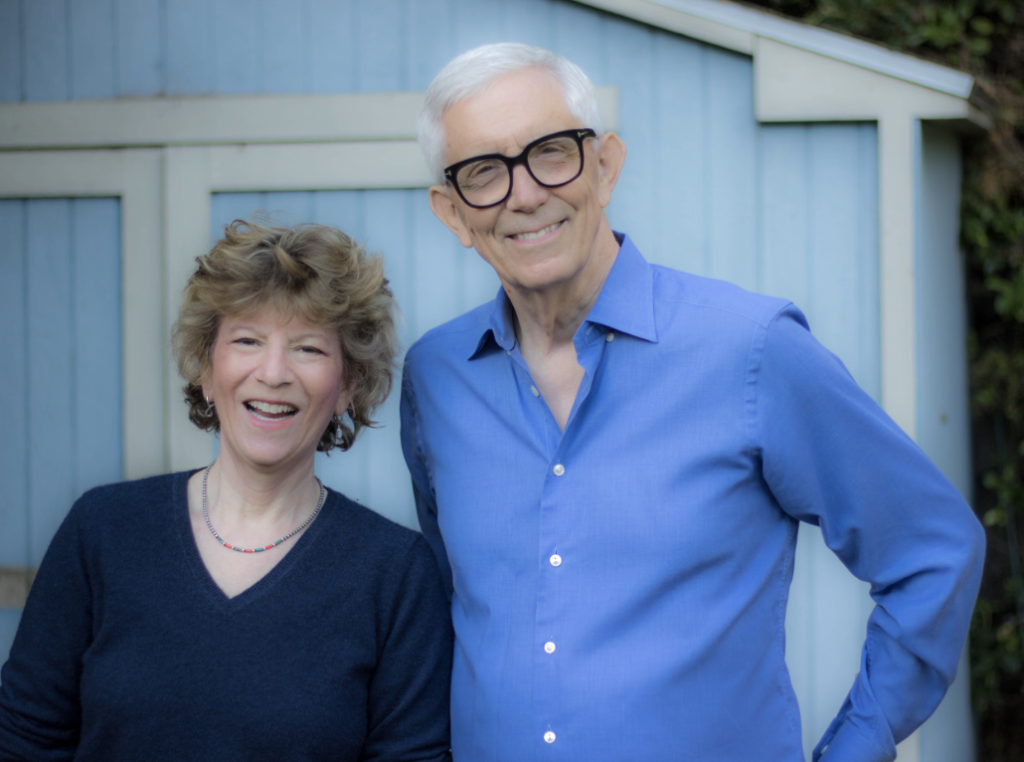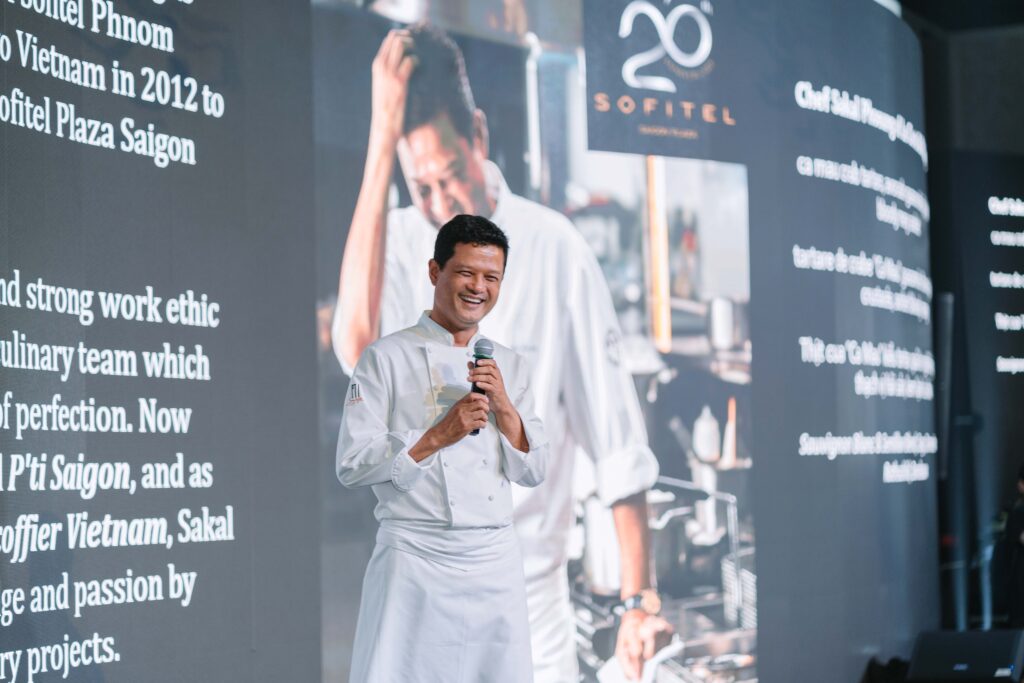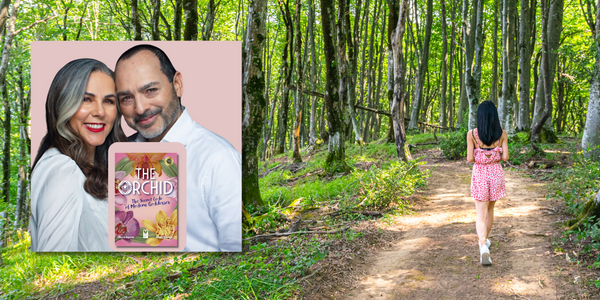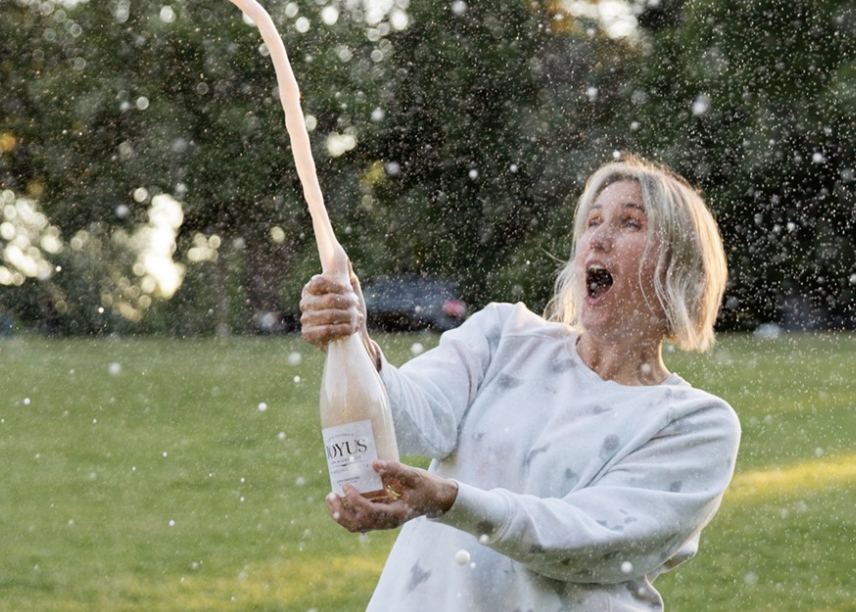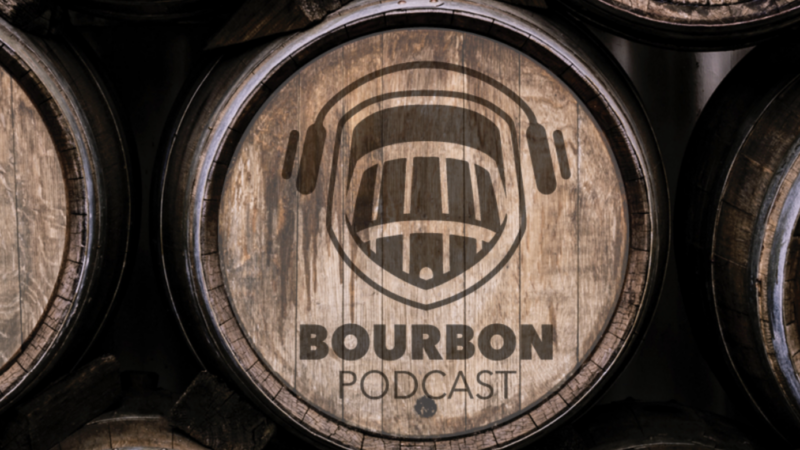Manhattan NYC’s La Grande Boucherie Chef Maxime Kien Reveals inspiration from Past Generations of Chefs
Chef Maxime Kien is the new Executive Chef of NYC’s The Group, responsible for La Grande Boucherie, Boucherie Union Square, Boucherie West Village, Petite Boucherie and more. And by the end of 2023, they’re launching even more restaurants throughout the United States..
But today’s conversation is about how the past has inspired Chef Maxime Kien’s work.
Chef Maxime Kien has over twenty years of fine dining experience but it all started as a young boy growing up in his family’s kitchens.
You grew up in kitchens. Your grandparents loved to cook and your father was a chef. How did these experiences inspire you?
Well, my Dad was a professional Chef in the South of France. In Monaco, all my grandparents, both my grandmothers and my grandfathers were great cooks. One of my great-grandfathers was a professional cook in Paris at an open air market that was very famous in the early 1900s. There was a very famous French brasserie opened over there and the story behind that is that the gentleman that opened that place wanted to have a place where all the chefs [that worked there] could meet because there was the open air market that was right next to it.
So you had a mix of late night partiers that would go out and party and wanted a place to be able to go eat and drink all night long. Now you had a place for that.
All the people that worked until late at night wanted a place where they could go and eat something before they went home. And Chefs that had to go to the market very early, at four o’clock in the morning to pick up that day’s poultry, rabbits, quails and all the fresh fish coming from Britain on a daily routine. They would do that at four o’clock in the morning and afterwards they needed a place to go for breakfast.
It was open 24 hours a day. It was always a mix of people from show business, like singers and actors.
You would have Mick Jagger sitting at the bar. Next to him would be a Chef. Next to the Chef would be a 14 year old boy having an omelet for breakfast with a glass of red wine at six o’clock in the morning. So it’s always been a mix of everything.
Unfortunately, my Dad passed away when I was really young. I was six. But I guess I was drawn to cooking and that lifestyle. It’s chaotic. When you’re working in a kitchen, you never know what time you’ll get done. It might be quiet and you get home at night by 10 o’clock.
If you start to get busy, you might not be done until two o’clock in the morning. So it’s a mix of adrenaline and being busy and it’s tough and it’s grueling and it’s rewarding and it’s a mix of everything
How did growing up in kitchens with your family inspire you to run your own kitchen?
Every chef is different. The way I run my kitchen is different from the way that other chefs I’ve worked with run theirs. It’s like a recipe. Everyone can interpret it differently. You take bits and pieces from a recipe to take the same dish and make it your own.
Someone’s management style is the same way. I’ve worked for some chefs who were very good at managing people, but in the kitchen they were not as great. And some of them were geniuses at creating dishes, but they were not the best at managing people. So you have to create your own style.
You graduated culinary school when you were very young. Would you still recommend school or encourage new chefs to learn hands-on in a kitchen?
The hard part about school versus hands-on is being able to understand exactly what [a new chef] is trying to achieve. Meaning that when I went to culinary school back in the 1980s, you wanted to graduate and get a diploma. After that, you wanted to be able to get your foot inside the door of a three Michelin star restaurant, a very famous place because you knew the chef was someone you were gonna be able to learn from.
And that [experience] was gonna take you to the next chef, that was gonna take you to the next chef, and so on. Because it’s a close-knit community, like a family. All the big chefs know each other. So when you’re ready to make your next move, the Chef [at your current kitchen] would come and ask, ‘Where do you want to go next?’ He’ll make a call and help you get that next job.
Now, unfortunately, the way some TV cooking shows happen, they give a vision of what it is to be a chef that is completely different from the truth.
So now you have cooks that go to very famous, very expensive culinary schools and they spend a huge amount of money to graduate. Then after two years of education, they expect to find a position of Executive Chef, making six figures and wearing Egyptian cotton jackets with their name on them.
But they don’t have the basics. They’re trying to run before they can walk. The biggest difference with my generation is, we went through all the processes, we didn’t try to rush the steps before you actually tried to be a chef.
You had to be a good line cook before you tried to become Chef de Partie and then [become] a good Chef de Partie before you become a Sous Chef, and then [become] a good Sous Chef, before you become an executive chef. So that’s the main difference.
Almost like an army style, you have to graduate through the ranks.
New chefs try to go too fast. Take your time. Find a chef you can learn from. New York is very lucky for that because you’ve got so many great chefs.
Daniel Boulud and all these great chefs brought the New York Culinary to the next level. Daniel Boulud has been here for 30 years now.
So go work for them, write everything down, taste everything, take pictures!
When I started, we didn’t have cell phones to take pictures, so it was whatever you could remember and whatever you could write down. Now we’ve reached a point where you can take a video of a chef doing a dish and afterwards you can write down notes.
I would say the biggest advice to the cooks right now: find a chef, find your niche, go work for him for two years, three years, four years. Write everything down, taste everything, ask questions, and then learn as much as you can.
Don’t think about being called “Chef” right away. Don’t think about making a ton of money. Learn as much as you can then, then after that, start to think about your next step. But take your time.
If you have the financial ability to be able to afford culinary school, do it, but it can be pricey. You don’t need to go to a very expensive, very famous one; but go to get some good basic training in a culinary school.
Then after that, go see a chef and say, “I just want to learn. I want to work for you. You’re the best in the business in your town.” It can be in New York. It can also be in Chicago or anywhere else. Just say, “I want to learn. I want to work for you.”





